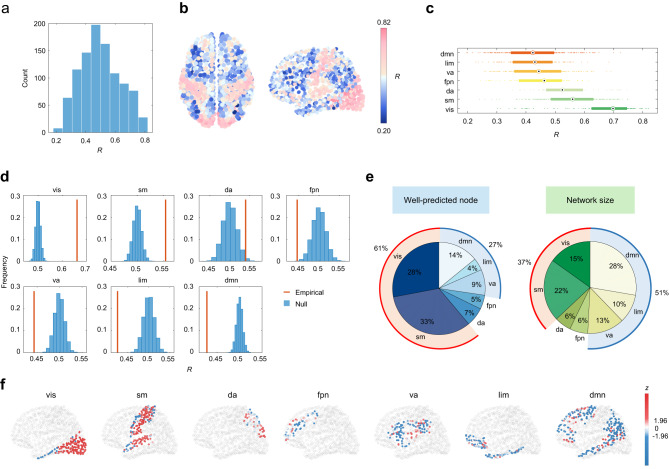Fig. 2. Heterogeneous contribution of low-frequency eigenmodes in regional structure-function prediction.
Low-frequency eigenmodes, which are considered to be sufficient to capture the essence of the whole-brain functional network, are exploited to predict functional connection profiles of individual nodes. a The histogram of node-wise structure-function coupling R estimated by low-frequency eigenmodes. b The corresponding brain map where nodes are colored according to R values. c Node-wide R values (n = 1000 nodes) aggregated by 7 resting-state networks (RSNs): visual (vis), somatomotor (sm), dorsal attention (da), frontoparietal (fpn), ventral attention (va), limbic (lim), and default mode (dmn) networks. The boxplot shows the medians (circles), interquartile ranges (boxes), and min to max range (whiskers). d For each RSN, the network-specific mean R (red) was calculated and then compared with the null distribution (blue) generated by randomly permuting brain nodes’ assignments to seven resting-state networks (10,000 repetitions). e The distribution of well-predicted nodes whose R values are higher than the average level (left) and the distribution of network size across seven RSNs (right). f For each RSN, node-wise R values were transformed into z scores relative to the spatially-permuted null distribution. Source data are provided as a Source Data file.

